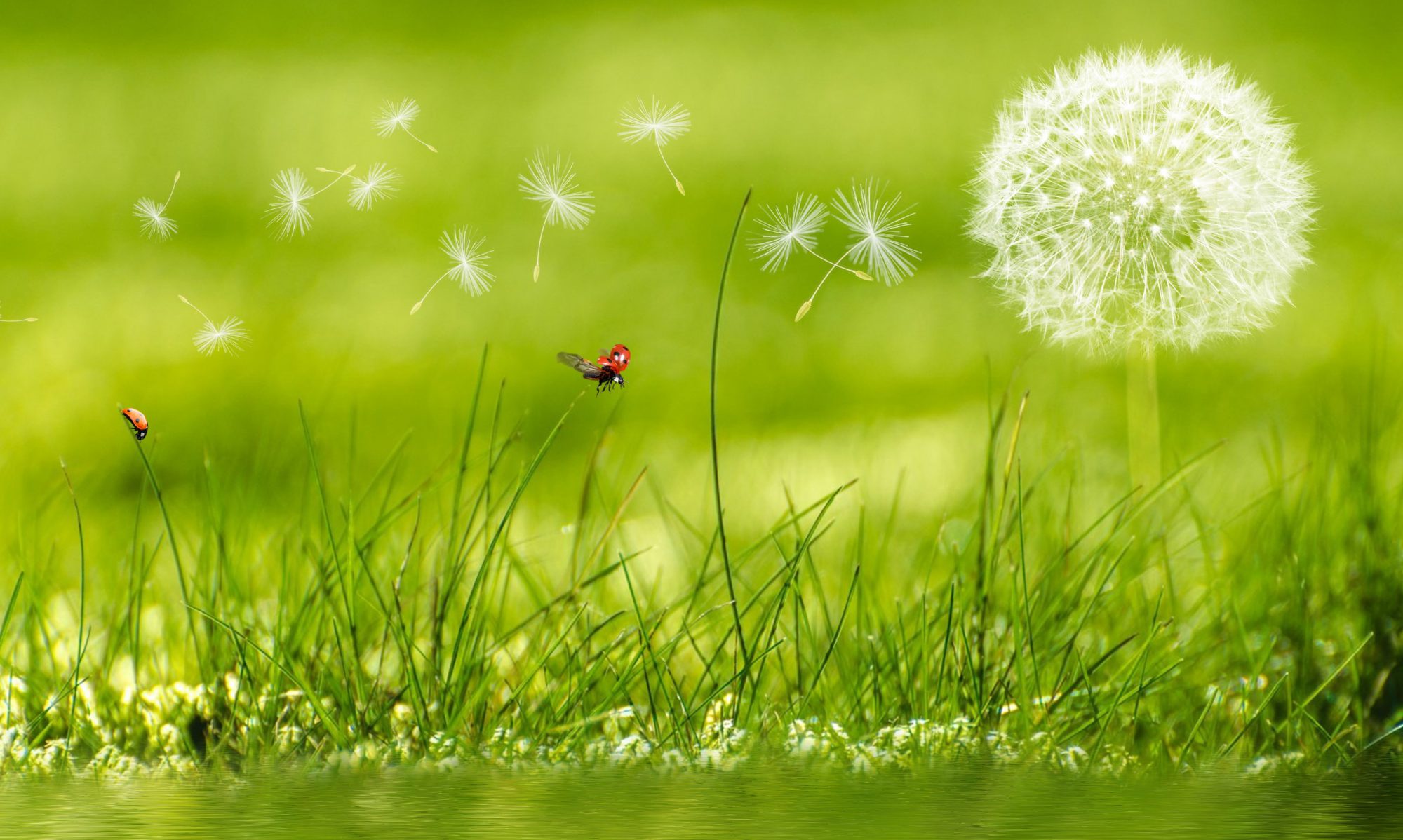

One of the major cornerstones of the modern environmental movement is that all of us (individuals, businesses, governments) must reduce what we throw away. Natural historian David Attenborough, in his swan song documentary A Life on Our Planet, emphasizes as much when he was asked what we can do, as individuals, for the environment. “Don’t waste anything,” he intoned in that rich, deep English voice we all recognize from his 60-plus years of showing us our planet in all its glory and sadness. Unfortunately, we westerners create, on average, 4.5 pounds of trash per day. When held against the global average of 1.6 pounds, it is clear we have a veritable ton of work to do.
Here are some ways to start bringing a zero-waste game to the garden:
Start from seed: Start your vegetable and flower plants with seeds and reusable seed starting kits and try not to purchase seedlings from the garden center. In this way, you can reduce your use of un-recyclable plastic garden center pots as much as possible. Go a step further and save and reuse household plastic containers (yogurt and sour cream containers work great) for seed starting.
Reduce water usage: There is currently a water ban in my normally water-rich New England town; water woes are everywhere. We Americans are too accustomed to easy, cheap water and it is time for all of us—from west to east—to take water usage more seriously. Avoid sprinklers and hand-water your plants at the roots in the early morning. Drip irrigation systems are a close second to hand-watering. Plant xeriscape: choose plants for your landscape that require less water and maintenance. Take astilbes for example: who doesn’t love the alluring deep-green finely dissected leaves, the airy whites, pink, and red plumes that make you think of fairground cotton candy, and the way they reliably fill a shady spot with a dash of color? I am a fan! But as drought here in the Northeast has become less of the exception and more of the rule, I have found that I can’t keep astilbes alive during drought without turning the hose on them 24/7. I am done with astilbes in my landscape. Pay attention to light requirements for annuals and perennials (a hosta planted in full sun is going to require more water than its shade-planted counterpart).
Take cuttings: You can take cuttings of many common annual ornamentals and store them in water (remember to change water regularly) or soil over the winter. In this way you save money and avoid creating more plastic waste by recycling plant material. Coleus, fuschia, begonias, mandevilla, oxalis, and ornamental sweet potato are some examples of plants to save and reuse.
Try regrowing food (shown above): You can regrow store-bought green onions by leaving about an inch of plant at the base, placing ends in a small container of water until the bases sprout new growth and then transplanting into the garden in spring/summer or into a pot placed in a sunny location for the winter.
Turn down extra plastics and encourage your local garden center to do the same. It is always depressing to see what happens when people are asked whether they want some plastic to go with that; the power of suggestion is strong. I have lost count of the number of times I have been behind people in shopping queues who would not have left a store with single-use plastic unless they were asked whether they wanted it. Most recently, at my local garden center, a woman with two medium-size perennials was on her way out the door with just the plants when the checkout clerk asked whether she needed some plastic to protect the back of her vehicle. I could almost hear the wheels start spinning. She happily took the plastic and tucked the ream of it into her cart. Ask yourself: is preventing a small amount of dirt in your car worth the resultant disposal of plastic that will never decompose? Say no to the extra plastic and go one step further by suggesting to your local garden center to only hand it over when specifically asked by the customer!
Are there ways you’ve been reducing waste in your own landscape? Tell us about them in the comments section.
Bringing zero-waste to the garden originally appeared on GardenRant on August 11, 2021.
The post Bringing zero-waste to the garden appeared first on GardenRant.
from Gardening https://gardenrant.com/2021/08/bringing-zero-waste-to-the-garden.html
